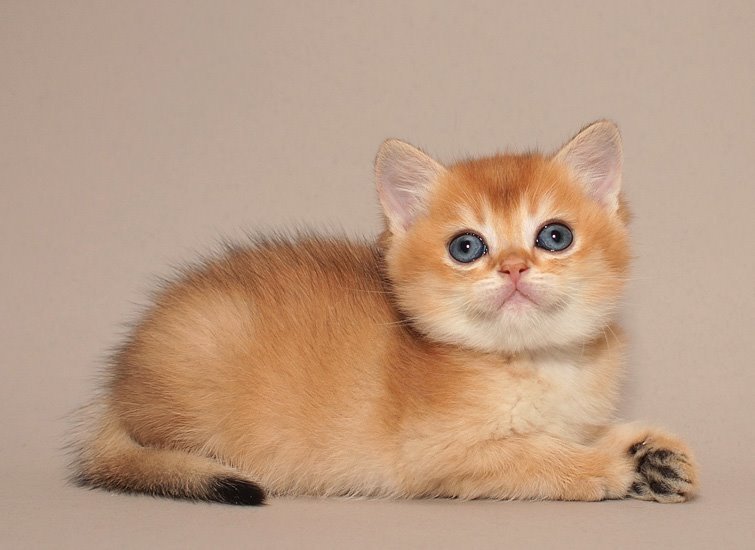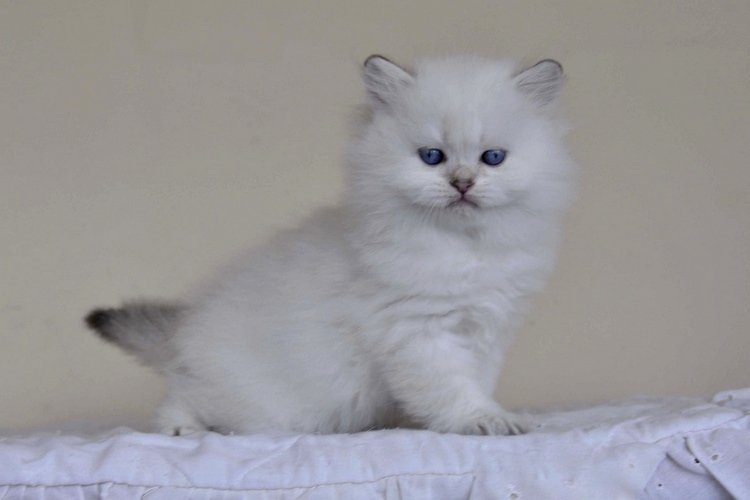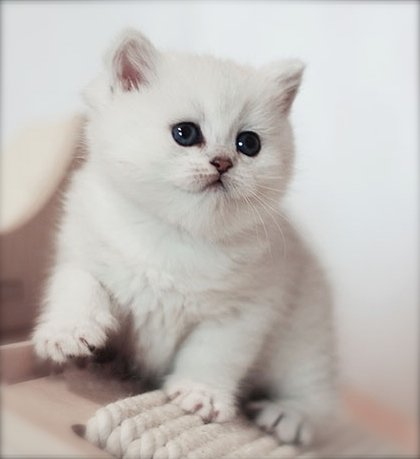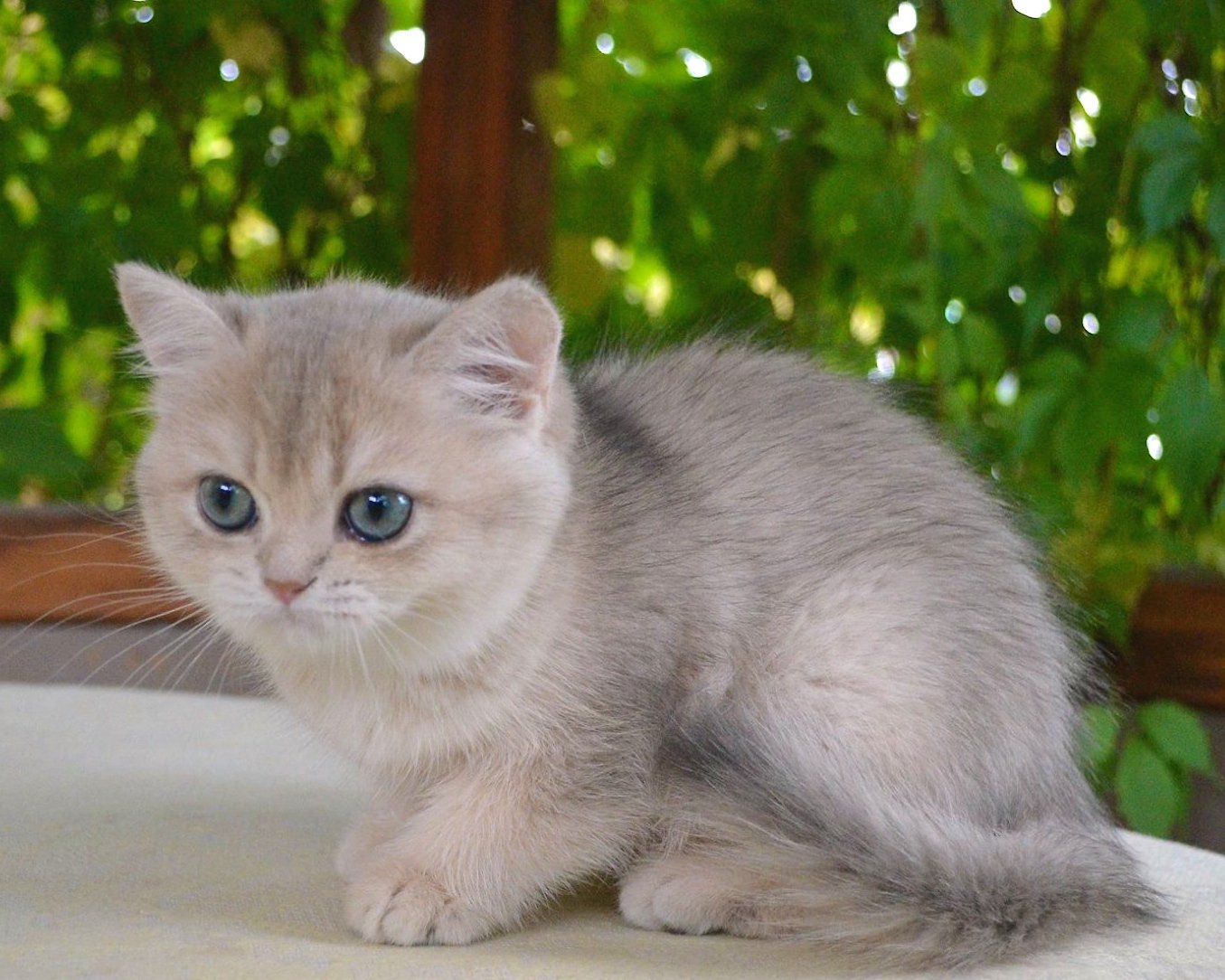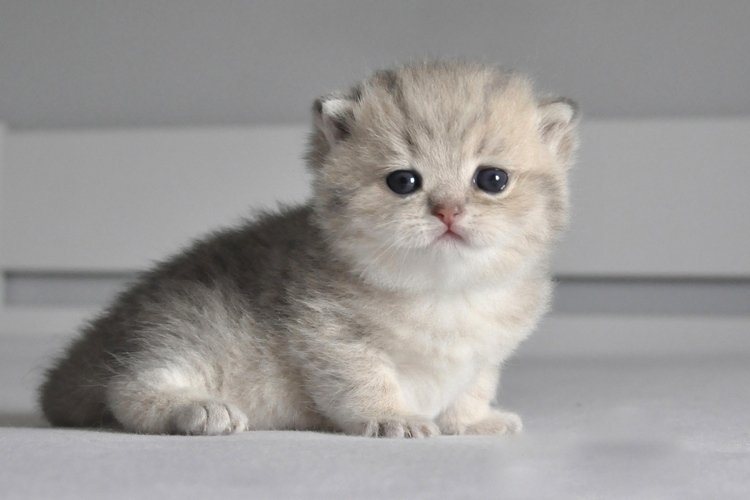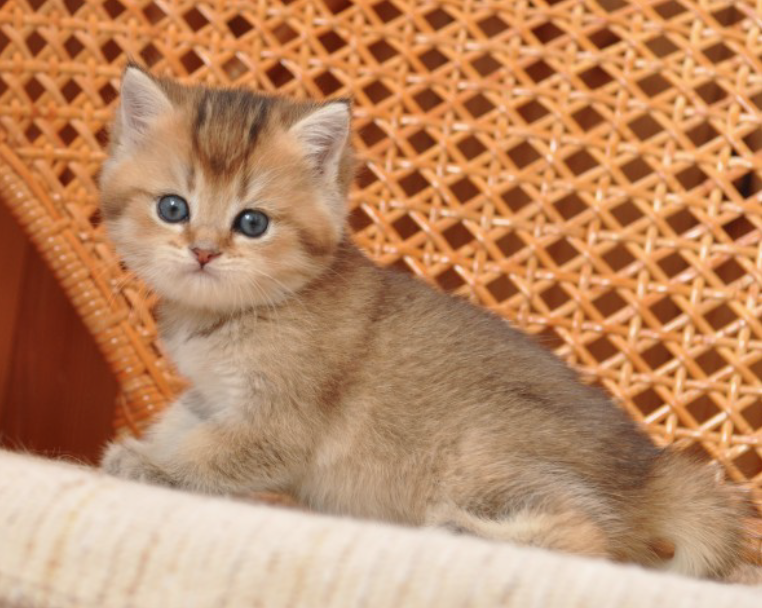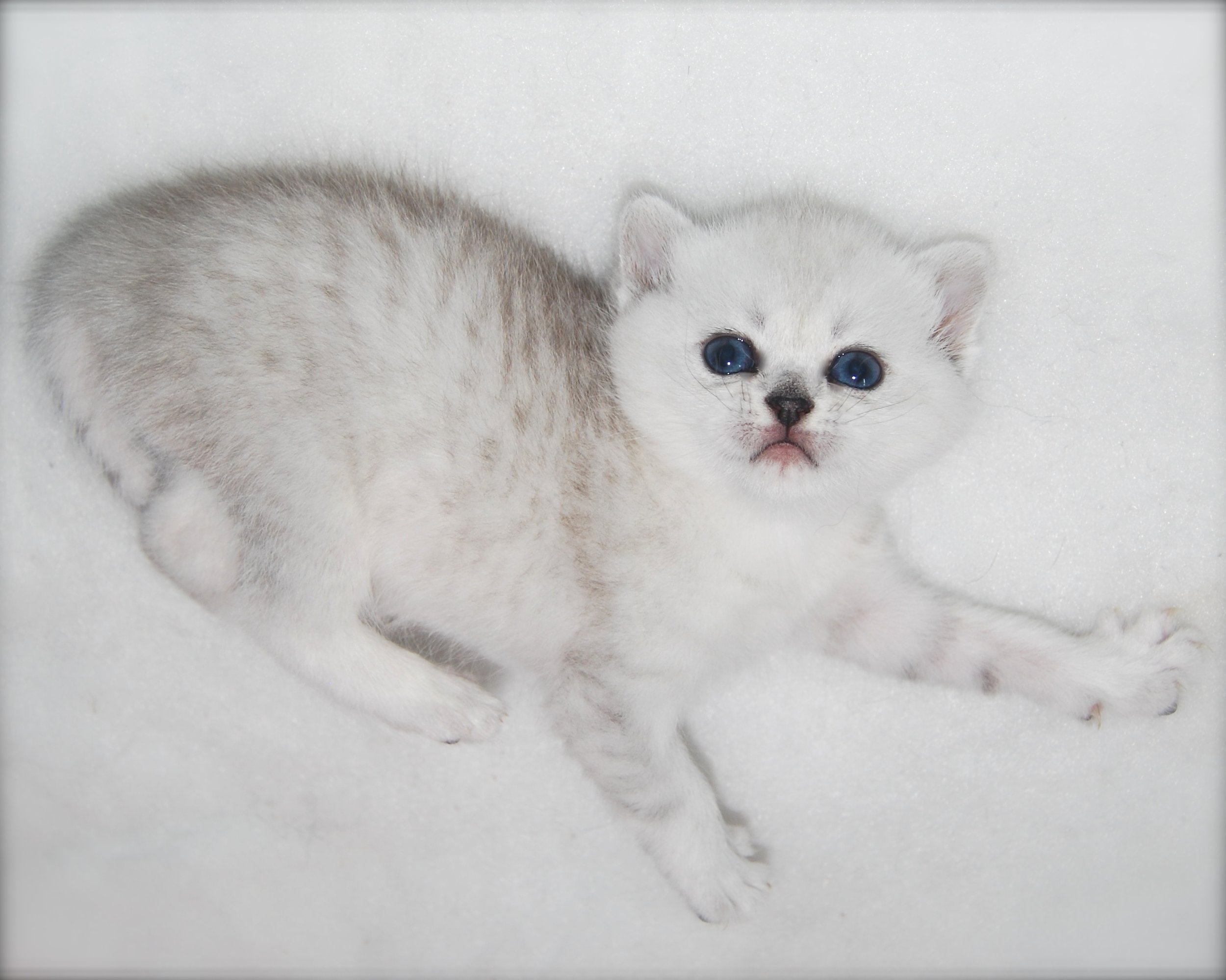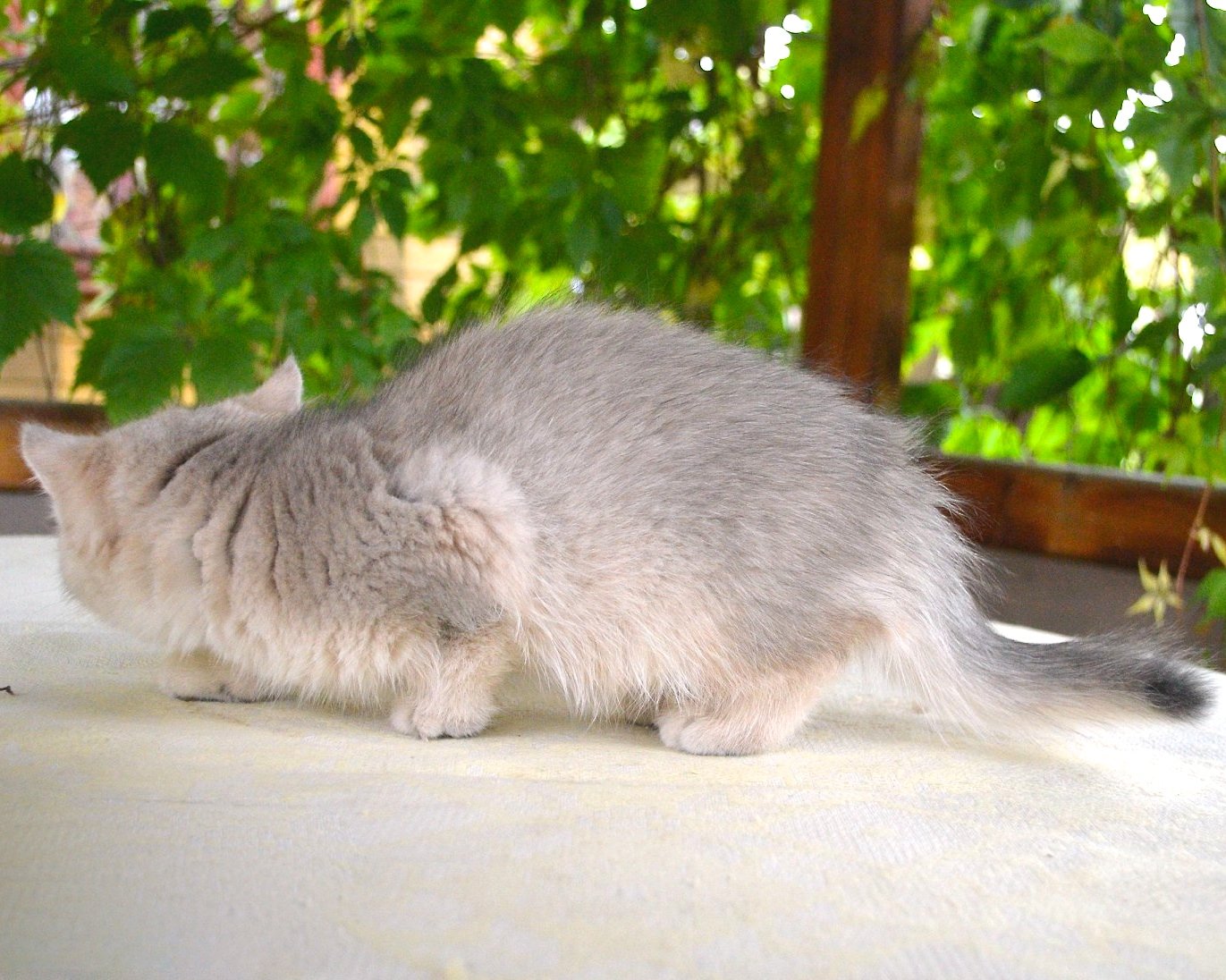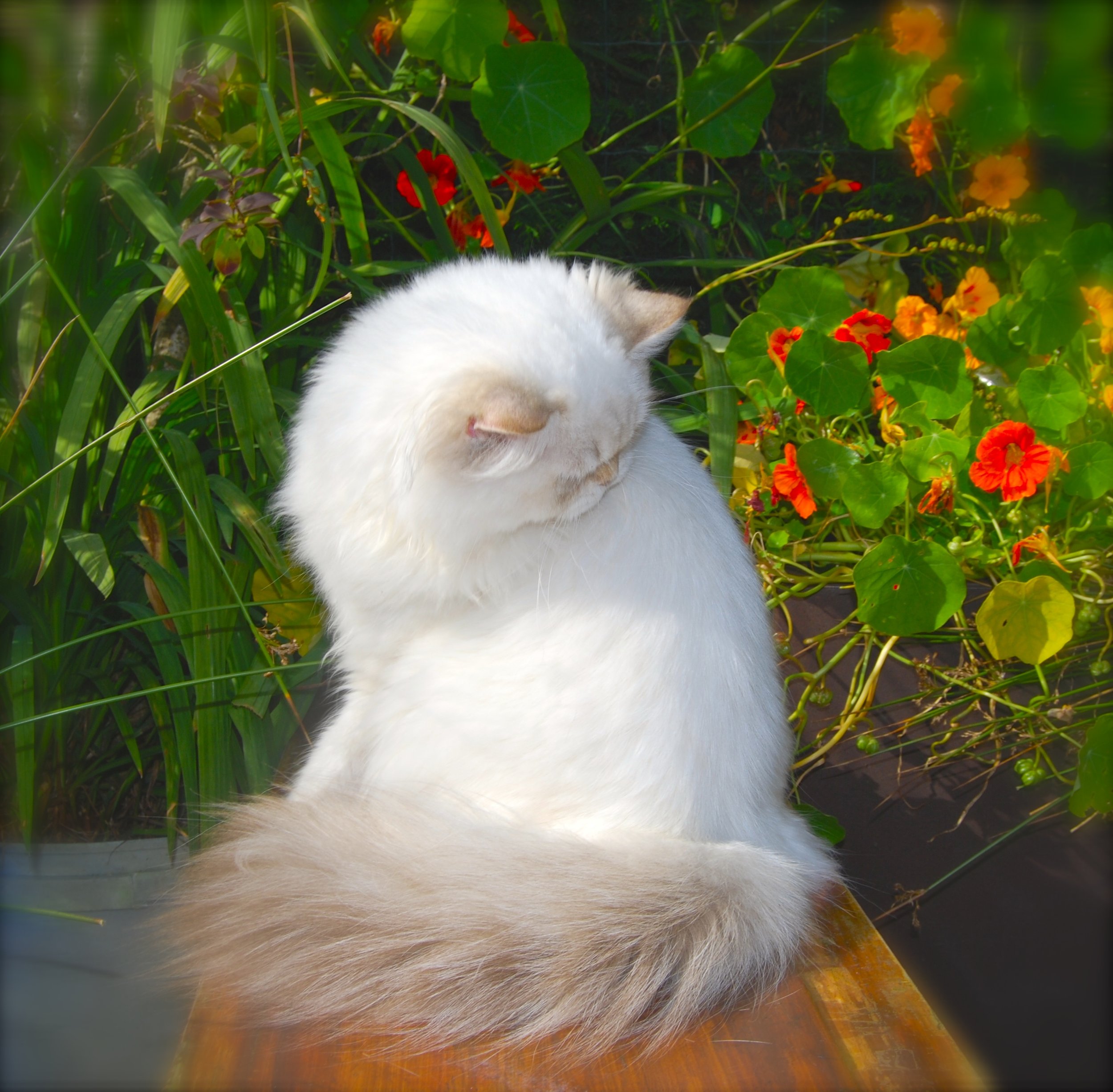Cat Coat Colour Genetics
A Simple Guide around Cat Coat Colours, Markings and Genetics
Page under construction, information maybe not be in correct order
I am often asked how these amazing colours are created. In the beginning I had not appreciated how complex cat colours and markings actually are. Over time I collected some great source material to help understand what makes outstanding colours and markings in our cats. Purely focusing on our lines, I've tried to explain it simply and therefore not covering all the variations in the breed.
DOMINANCE & RECESSIVE INHERITANCE
AGOUTI
The agouti (A) is a gene that affects the distribution of the natural pigment, melanin (eumelanin and phaeomelanin), in the hair of the cat. In which each hair displays alternating bands of dark and light pigmentation.
The dominant allele A gene controls the coat’s “ticking,” or Tabby banding of colours on a cat’s fur. The recessive allele (non-Agouti mutation), a, makes the cat’s fur a solid colour from tip to root. If a cat has 2 copies of the non-Agouti mutation they will be solid in colour.
The T gene affects the Tabby Banding. If a cat inherited the A allele, the T gene determines what kind of tabby pattern will be produced. The dominant allele, T, produces the mackerel or striped tabby coat; the Ta allele produces an all-agouti tabby, like the Black Golden Ticked.
The Standard for the British Shaded recognises these different types of markings: Ticked (Ta), Spotted (T), & Classic (tb) and the recessive tb allele produces the classic, or blotched, tabby. The Standard allows a wide range in the degree of coloured markings. It is worth knowing that the ticked tabby is on a different locus from classic/mackerel/spotted tabby. It is difficult to produce and is required for both parents to carry the same gene.
The Agouti coat colour genome will tell you if your cat has the Tabby pattern or if they would produce solid kittens.
The hierarchical order: Ticked (Ta) > Spotted (T) > Classic (tb)
SHADING
In the Silver & Golden Cats, the 'type' is characterized by colour at the tips of the hair. There are three types which include chinchilla, shaded and smoke, each distinguished by the extent of the shading on individual hairs.
In Chinchillas, only the very tip of the guard hair, or outer coat, is coloured, it gives a delightful shimmer to the coat. With the shaded pattern, a quarter of the guard hair farthest from the cat’s body exhibits the colour. In the smoke pattern, half of the guard hair farthest from the cat’s body displays the colour. When a smoke-patterned cat is still, the coat pattern may appear solid, but when the cat is moving or you pet him, you can see the white undercoat.
Chinchillas are derived from the Tabby, where the colour is restricted to the upper portion of the hair, the mutation genes responsible for this are ‘Wide-band’ (Wb) genes. The effect of the genes increases the width of the bands of ticking on the hairs; it distorts and effectively breaks down the tabby pattern. The variability of the wideband can be described as Wb, Wb+ and Wb++ to describe cats with normal, intermediate and greater degrees of Wide Banding. It is difficult to produce and is required for both parents to carry the gene (Wb).
Silver Shaded and tipped (shell/chinchilla) are due to the dominant Inhibitor gene (silver) + presence of Wide Band + the Ticked Tabby pattern. Golden is the effect of only wide-band.
The hierarchical order: T Ticked (no wideband) > Shaded (wb) > Chinchilla (wb+) > Tipped (wb++)
SILVER
Silver colouring is caused by the action of a dominant gene known as the Melanin Inhibitor (I) (I,i) whose presence prevents the full development of pigmentation in the hair. Silver Inhibitor appears to reduce or eliminate the production of pheomelanin or yellow pigment in the cat’s hair. Generally considered a dominant trait, one copy can cause the loss of pigment, but likely a cat with two copies of the mutation (I,i) may have less “ruffusing” or “tarnishing” as well. Therefore kittens with one parent that is Golden and the other silver will only inherit one gene Melanin Inhibitor (I).
The Silver cat also has a mutation at the gene called Ticked which removes the tabby patterns (Tabby Aby, Ta). This is why Silver Spotted Kittens turn into Silver Shaded Chinchilla and lose their spots. Whereas a Golden Spotted will retain its spots.
GOLDEN
In golden cats, the dominant Melanin Inhibitor (I) is absent, Golden (ii) = non-silver.
In the ticked tabby cats without silver, Wide Band restricts the pigment to the end of the hair leaving a pale golden band between the skin and the pigment. The wider the band, the paler the golden colour is and reflects the "Apricot" or otherwise known Tipped "Copper" tones. All Tipped "Copper" cats (in EMS terms ny12) can derive from Ticked, Shaded, Chinchilla & Tipped "Copper" recessive lines.
BLACK
In the Black (B) series, the locus stands for ”black” since the dominant gene of the locus is expressed in the black coat colour (which is a very dark brown). Genes of the B locus influence the expression of only eumelanin. Two mutations of the B gene have been identified, b (brown or chocolate) and bl (light brown or cinnamon). The chocolate (b) allele is dominant over the cinnamon (bl) allele. Since the B gene is dominant over the locus, cats heterozygous for it (Bb or Bbl genotype), carry chocolate or cinnamon gene but it cannot be recognized based on phenotype.
The hierarchical order: B (Black) > b (Chocolate) = bl (Cinnamon)
NEW Coat Colour Variant Gold ( COPPER )
Scientific studies have found a correlation between the mutation and the coat colour variant Gold in British Shorthairs. There is now a test to confirm the Coat Colour Variant Gold ( Copper ), the test detects the alleles N and wbBSH (Gold). Allelic series: N dominant over wbBSH. Test Name: 8522 Coat Colour Variant Gold ( Copper )
Cats that are Copper
Genotype: wbBSH/wbBSH
They are homozygous for the wbBSH-allele. Which means both parents are either wbBSH or carry wbBSH.
Cats that are not Copper but carry Copper
Genotype: N/wbBSH
They are heterozygous for the N- and wbBSH-allele. Which means either both parents carry wbBSH or one parent is wbBSH.
More information about this new colour can be found on this link click here: https://www.belleayr.com/publications/copper-gene-mutation
THE "COPPER" CHOCOLATE CONNECTION
There was an ongoing discussion that perhaps some of the "copper" cats are ticked chocolates with Wideband, this phenotype deviates from the standard for Golden tipped cats, however, it was used to describe Golden Shell cats with light colour toes, white undersides, golden colour with the dark tips (e.g. black or blue) restricted to the tail tip and an absence of dark nose-liner.
CHOCOLATE OR CINNAMON
Chocolate is are required in both parents to produce a chocolate kitten, the same applies to Cinnamon. A kitten can not carry both Chocolate and Cinnamon at the same time or be one colour and carry the other. It's either one or the other. Pedigrees do not reliably indicate the genome colour of your cat or what it carriers. Chocolate or Cinnamon coat colour genome test will tell you if your cat has these colours or if they could produce kittens in these colours. If the Golden Shell "coppers" were tested and found to be chocolate and cinnamon, that would make them (in EMS terms) "chocolate golden tipped/ticked = by 11 (25)" or "cinnamon golden tipped/ticked = oy 11 (25)."
Chocolate or Cinnamon coat colour genome will tell you if your cat has these colours or if they could produce kittens in these colours. They are required in both parents and pedigrees do not reliably indicate the genome colour of your cat or what it carriers.
Dominant and loss of function Gene
Black ticked (n25) - i/i, Ti/-, -/-
Golden ticked (ny25) - i/i, Ti/-, Wb/-
Golden chinchilla (ny11/12) - i/i, Ti/-, Wb/Wb
Corin Gold Shell (nu11/12) - i/i, Ti/-. Wb(+)+/Wb++
Black silver (ns25) - I/-, Ti/-, -/-
Shaded silver (ns12) - I/-, Ti/-, Wb/-
Chinchilla silver (ns11) - I/-, Ti/-, Wb/Wb
Corin Silver Shell (nus11/12) - l/i, Ti/-. Wb(+)+/Wb++
Maine Coons
High Smoke
Smoke
DILUTION
A mutation at the Dilution (D) locus (fixed position on a chromosome), results in coat colour dilution when both present alleles are mutated. Such genotype can be recognized as Blue, Lilac and Fawn phenotype. Blue is the dilute form of Black; it is commonly seen as various shades of grey. Lilac is the dilute form of Chocolate; it is described as dove or light grey and is sometimes called lavender. Fawn is the dilute form of Cinnamon; it is described as a caramel colour.
Chocolate cats are rare and deemed more valuable because both parents have to carry the chocolate gene in order to produce a chocolate. The Blues are also rare because of the recessive gene required in both parents. The lilac gene is dilute of the chocolate gene, and since it's recessive, it is the most difficult to produce and required in both parents.
Dilution coat colour genome testing will tell you if your cat has these colours or if they could produce kittens in these colours.
The hierarchical order:
B (Black)> Blue > Blue-based Caramel
b (Chocolate) > Lilac/Lavander > Lilac-based Caramel (Taupe)
bl (Cinnamon) > Fawn (Light Lilac) > Fawn-based Caramel
COLOURPOINT
The Colourpoint (C) gene is also known as the Himalayan gene agouti genes. It is difficult to produce and is required for both parents to carry the gene (C) and the Golden & Silver Shaded Colourpoint is extremely rare.
The hierarchical order: C (full colour) > cb (Burmese) = cs(Siamese)
HOMOZYGOUS & HETEROZYGOUS
A cat may be homozygous dominant (AA) or homozygous recessive (aa). A homozygous genotype means that the cat has two of the same alleles (AA), (aa) "One copy".
A heterozygous (Aa) genotype means that the cat has two different alleles (Aa) "Two copy".
Dominant traits only require one dominant allele to express (A). This means that cats with homozygous dominant alleles (AA) and heterozygous alleles (Aa) express those traits, but a cat with homozygous recessive alleles (aa) do not.
Recessive traits require two recessive alleles to express. This means that with homozygous recessive alleles (aa) express the trait. Cats with homozygous dominant alleles (AA) will not express the trait or carry it, and cats with heterozygous alleles (Aa) do not express the trait but are carriers for it.
For more in-depth information & sources: Colour Charts, Colour Genetics, Colour Bands, Golden & Silver (Wide Band), Colour & Dilution Charts, Golden & Silver Chinchillas, Spotted
To predict kitten Coat Colours: Cat coat Calculator
For Coat Colour DNA test: Russia, EU,UK
